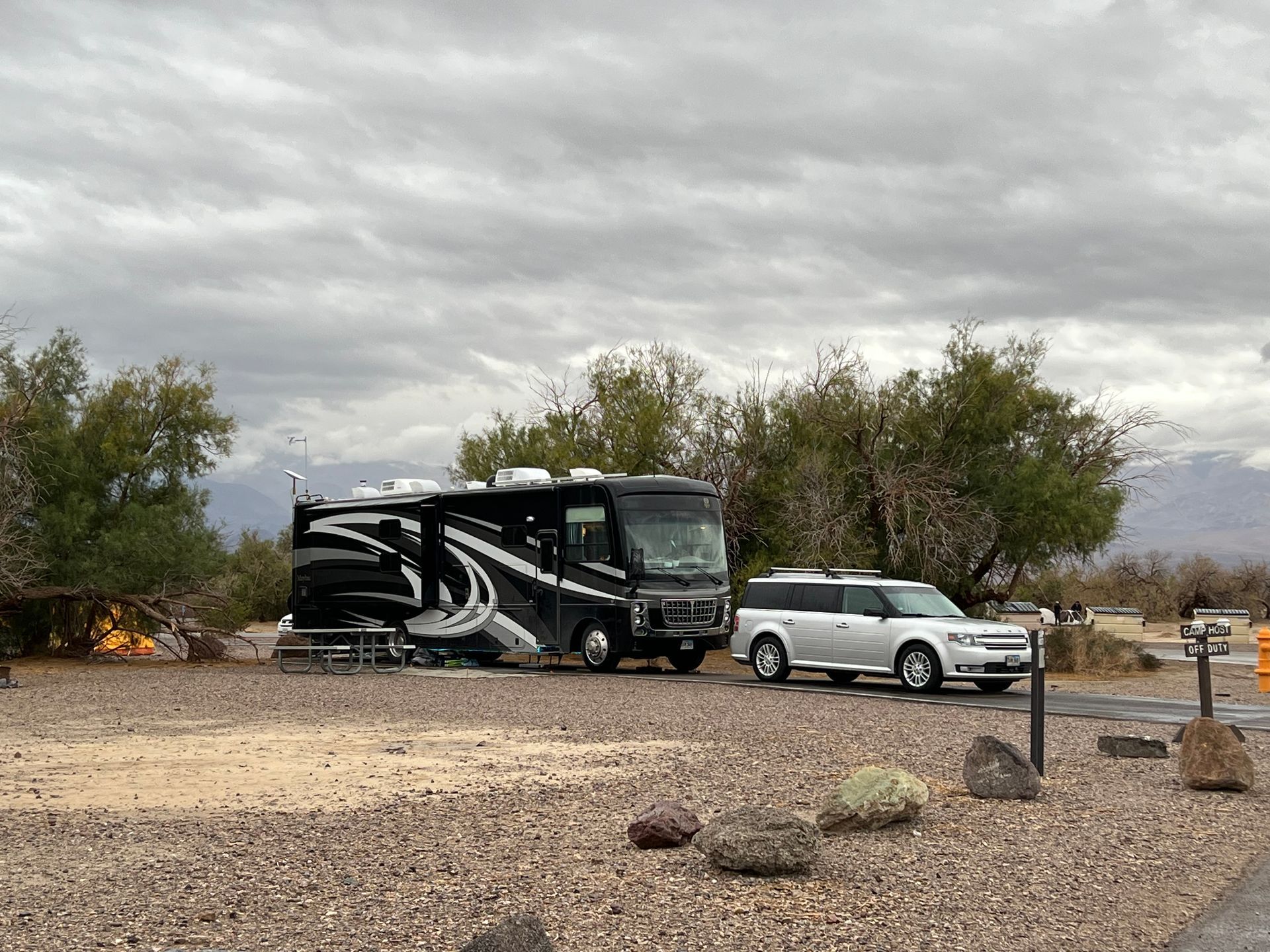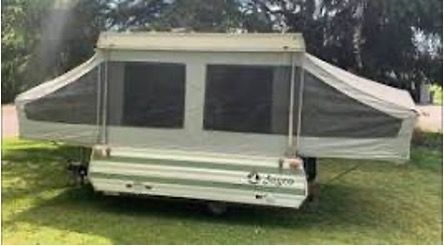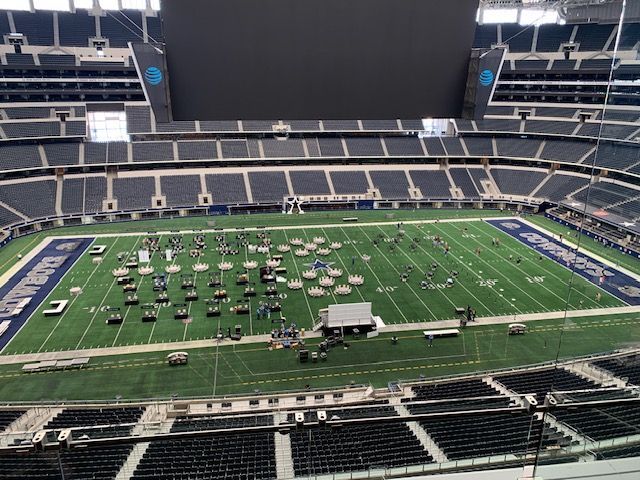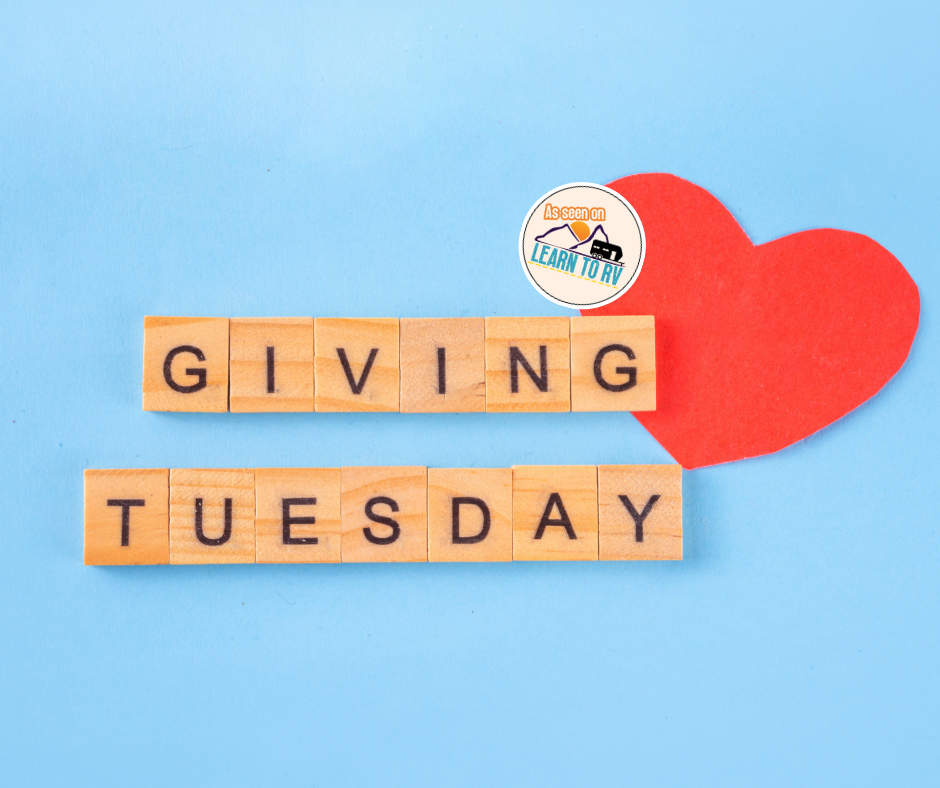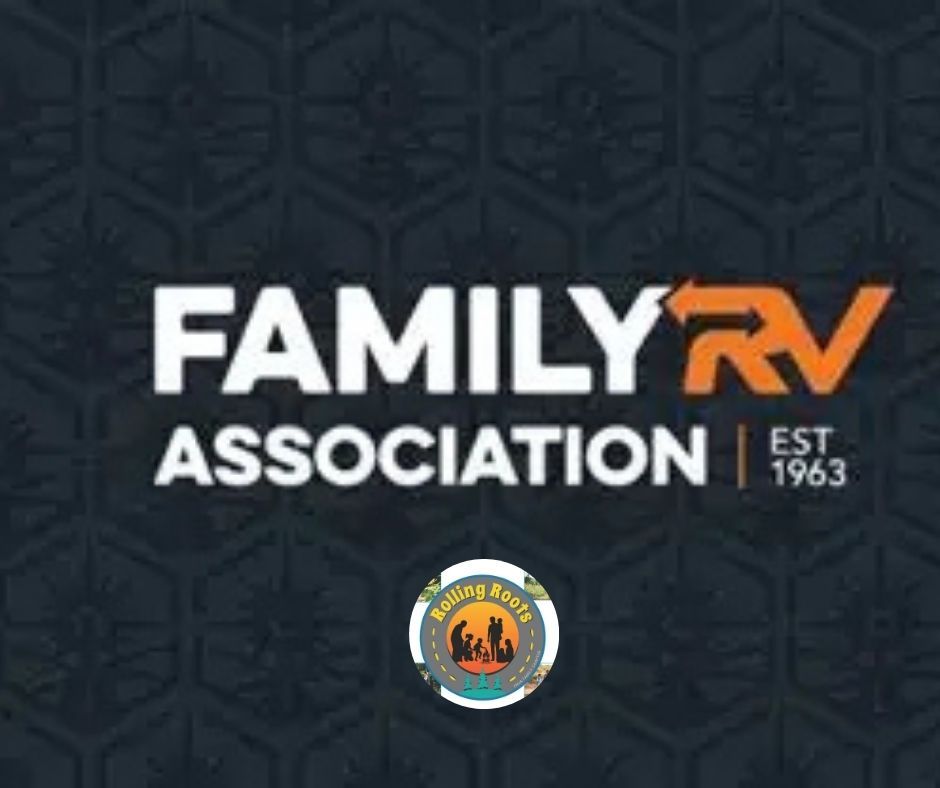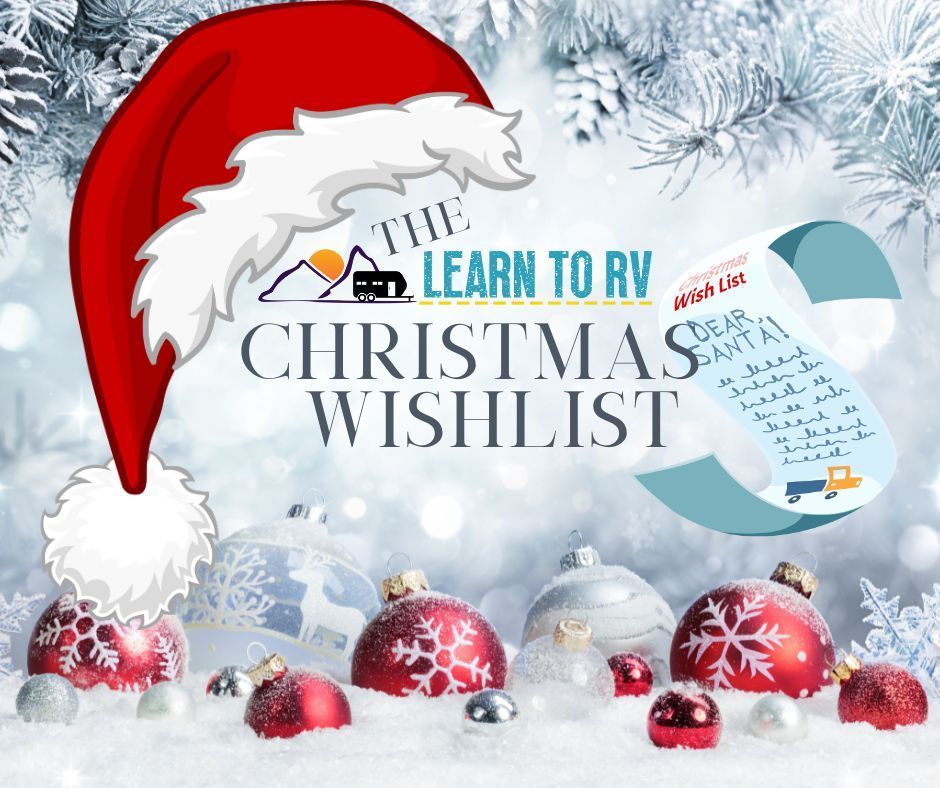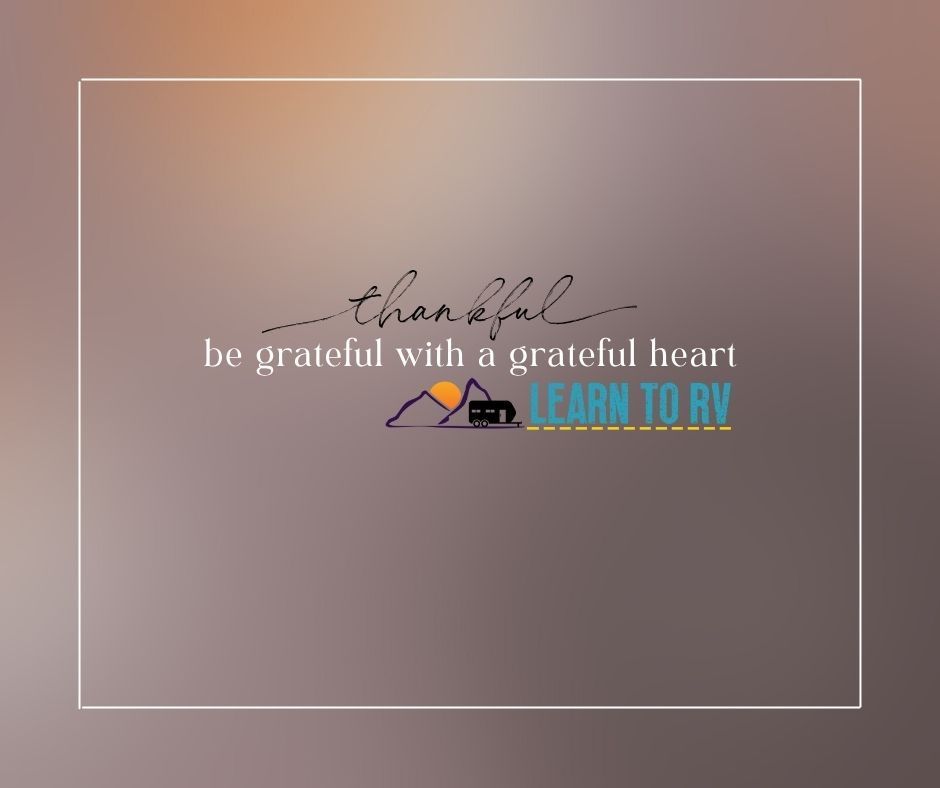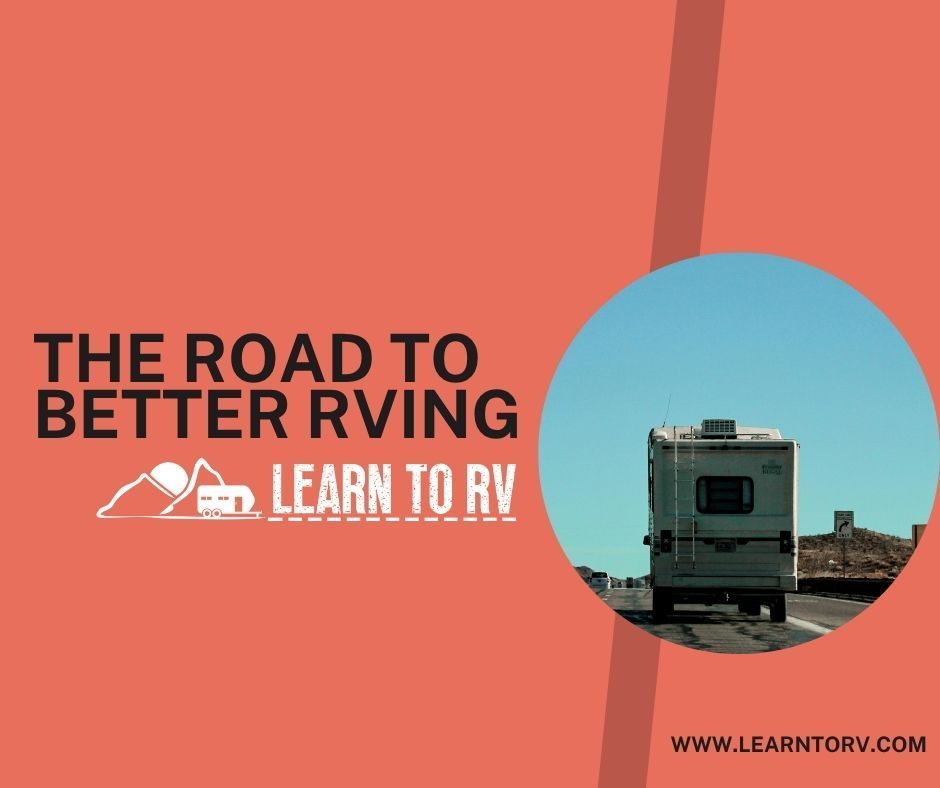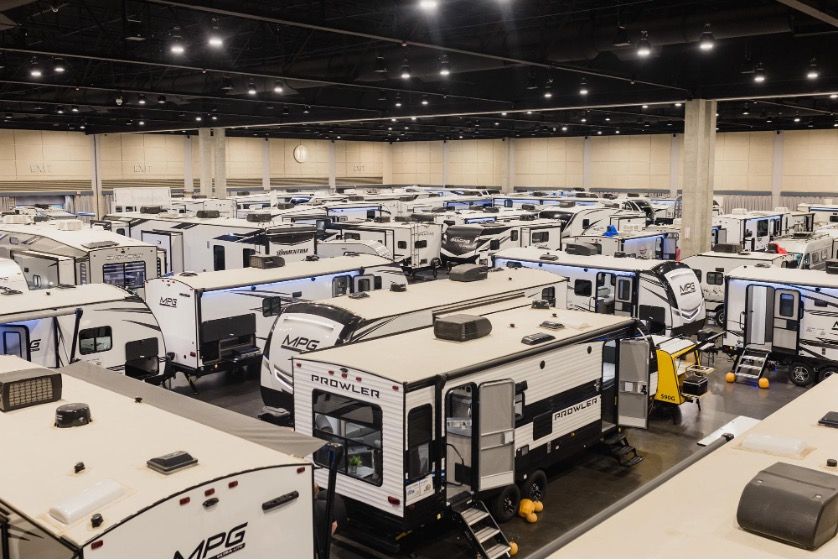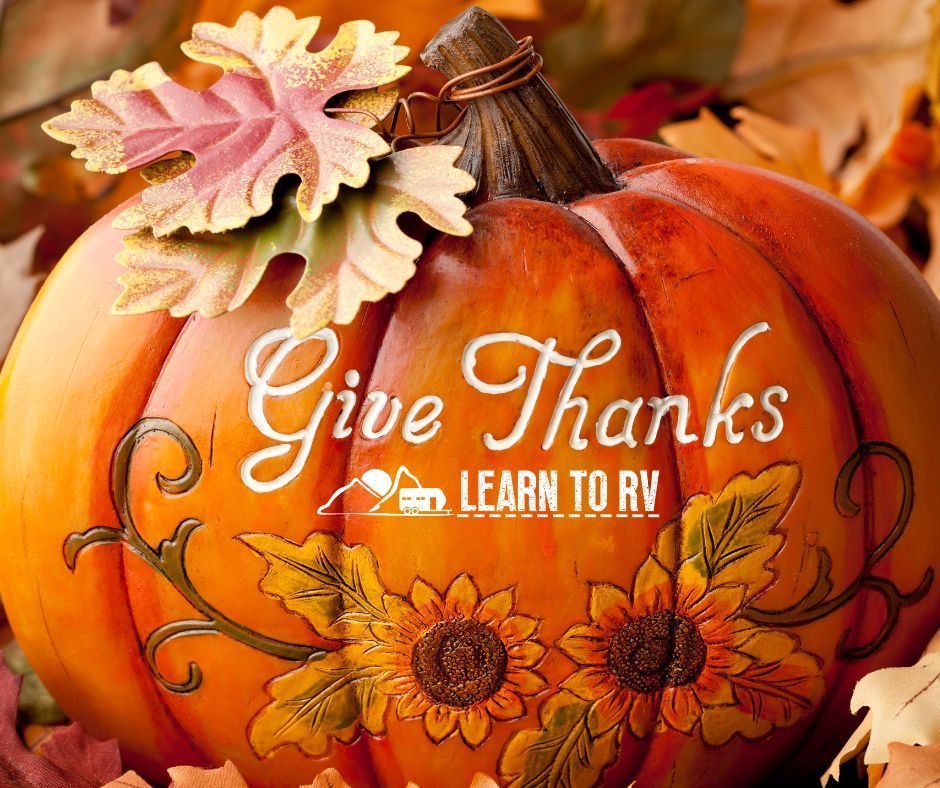College Credit on the Road: How Roadschooling Teens Can Earn a Degree from Anywhere
Shelley J. Dostie, OTR/L • May 27, 2025
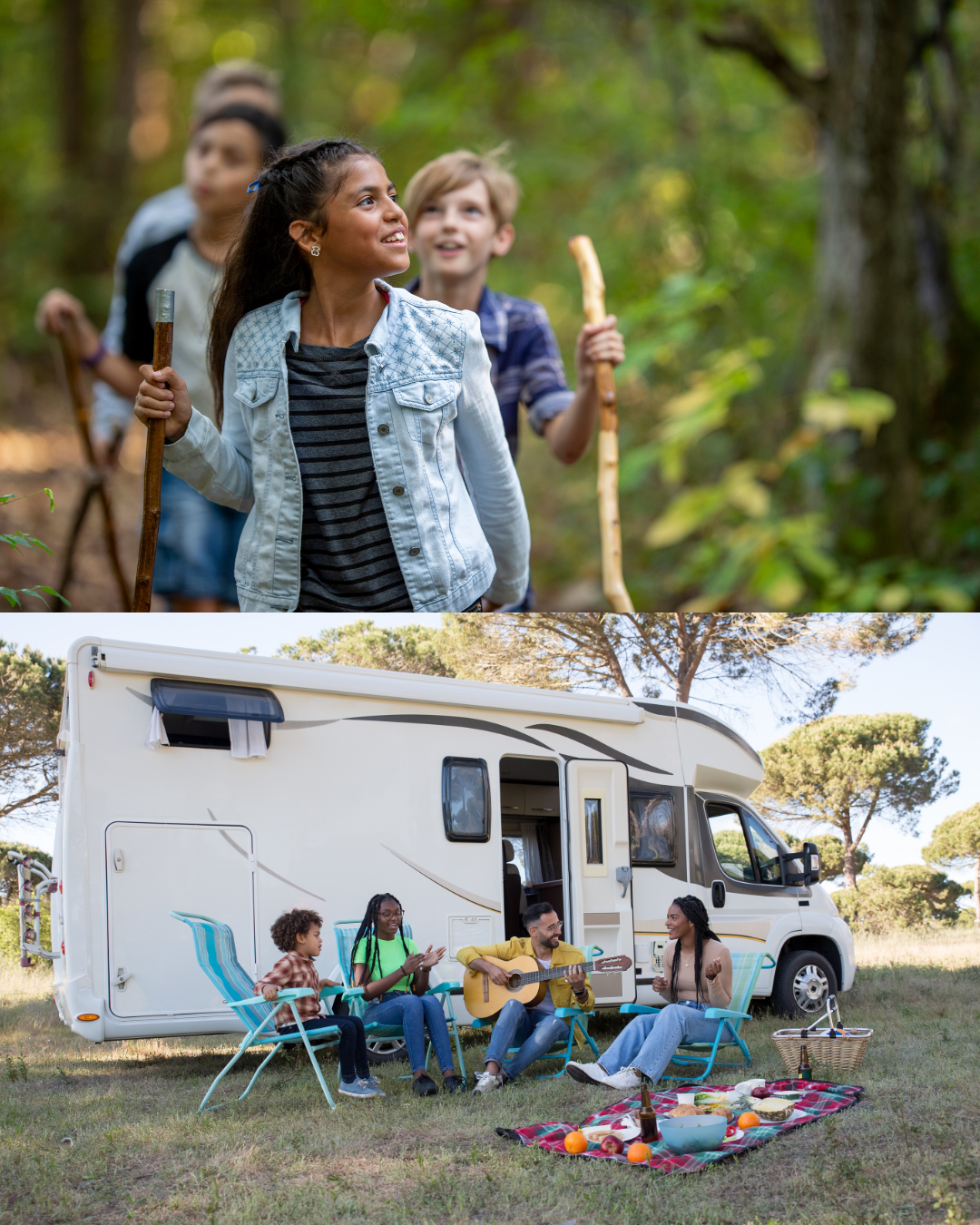
Let’s break down the 3 main options.
Dual Credit from ACCREDITED UNIVERSITIES:
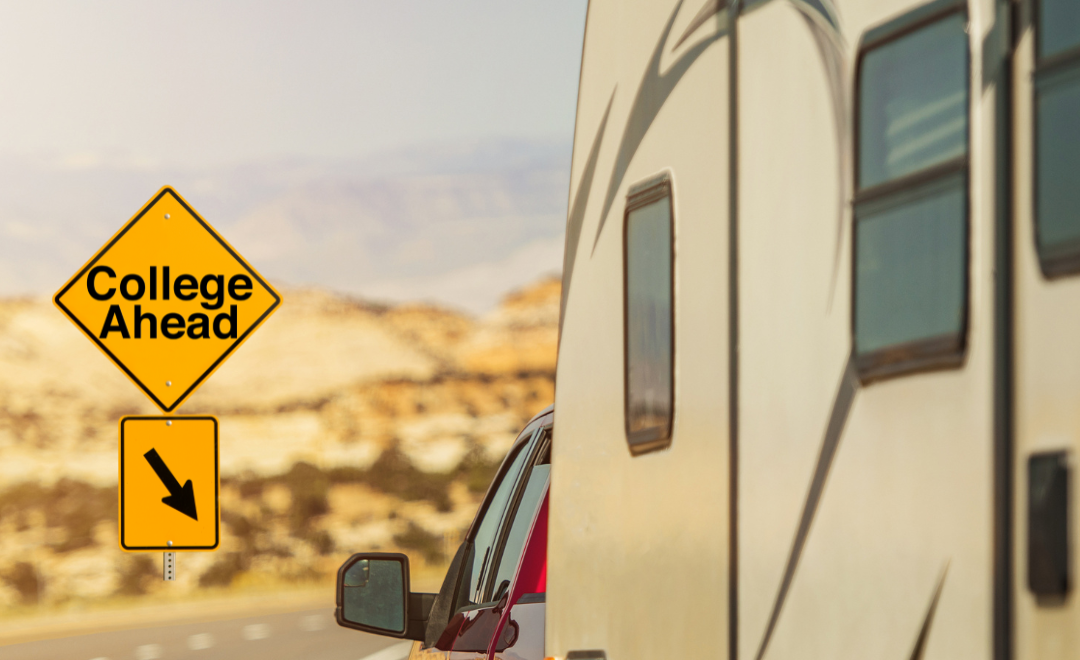
If you’re homeschooling a high schooler while traveling full-time in an RV, the idea of planning for college might feel overwhelming. You’re juggling route planning, meal prep in a tiny kitchen, sensory needs, sibling squabbles, and now add in dual credit? Testing? Transcripts? It's enough to make any parent want to pull over at a rest area and take a long nap.
When we were in our second year of traveling, our neurodivergent 9th grader was really struggling and so was I. Thoughts of having to give up our travel lifestyle to help her be successful in high school haunted me on a daily basis. However, on a chilly night sitting at a campfire somewhere in California, another roadschool mom told me about earning college credit through CLEP exams and Modern States learning platform. That conversation opened my eyes to the plethora of opportunities for traveling families that were struggling with how to handle high school and college preparation on the road.
Earning college credit on the road is not only possible, it’s easier than you might think. You can basically replace all high school level classes with college level classes! With the right tools and guidance, your teen can start earning real college credits from the backseat of your RV, the picnic table at your favorite campsite or while sitting at the beach.
I’ve written an entire book about university accreditations and the best ways to earn credit to transfer to accredited programs. However, there is way too much information to share for this post. If you want to get into the nitty gritty details, the link for my book is listed below.
When you’re roadschooling, flexibility is everything. The last thing you want is to be tied to a specific state’s dual enrollment program that requires in-person testing or residency restrictions. That’s why it’s important to focus on dual credit options that are nationwide and location-independent, programs that work wherever you are, as long as you have reliable internet. These classes are typically self-paced or asynchronous (no set class times), which means they work beautifully around travel schedules.
Here is a link to download a free list for dual credit opportunities that don’t require specific GPA or have any testing requirements.
My favorite option for dual credit is:
Arizona State University’s Universal Learner Program
ASU’s Universal Learner Program lets students take college classes online for only $25, with the option to pay to put the class on a college transcript only if they like their grade, and the credit is from ASU, a well-respected university.
- Take one class at a time, which is perfect for teens on the road.
- Earn credit that can go straight into a degree at ASU or transfer easily to the majority of regionally accredited colleges.
- Built-in flexibility for students with on-demand class options
Test-Based Options: CLEP and DSST Exams
CLEP (College Level Examination Program) and DSST (formerly DANTES) are credit-by-exam programs that allow students to test out of general education college courses like English, Psychology, History, and College Algebra. It should be noted that not all universities accept CLEP/DSST exams as credit, so if your student has a specific college in mind be sure to check with them first.
How it works on the road:
- You can study from anywhere using online materials or platforms like Modern States.
- Schedule your exams at certified testing centers nationwide (search by zip code—most cities have a few). Pro tip: plan CLEP test days around your travel route and call ahead to confirm availability.
- The College Board even has started a platform to take CLEP exams from home now!
- Make sure you have reliable internet for studying,(Starlink,
Verizon or T-Mobile hotspots, and
campground WiFi boosters are favorites among roadschoolers.
No-Test Options: ACE & NCCRS Credit Through Online Platforms
Want to skip testing altogether? There are many online platforms like Sophia.org and Study.com that offer self-paced courses that are approved for college credit by ACE (American Council on Education) or NCCRS (National College Credit Recommendation Service). These are great for students who struggle with test anxiety or just prefer project-based or video-based learning.
Why roadschoolers love them:
- Self-paced = flexible for travel days and busy seasons.
- No set class times = freedom to learn around adventures.
- Earn transferable credit that can go toward a degree at universities that accept alternative credits.
Universities That Accept Alternative Credit Types:
If your teen is taking classes through platforms like Sophia.org, Study.com, or StraighterLine, the credits they earn are considered ACE (American Council on Education) or NCCRS (National College Credit Recommendation Service) approved. That means they can be transferred into many regionally accredited universities—if you know where to look. However, please note that the credit is not considered true college credit until it is accepted at an accredited university.
Examples of ACE/NCCRS-friendly universities:
- Thomas Edison State University (TESU) – Extremely credit-transfer-friendly and ideal for roadschoolers wanting a degree from a respected, accredited university.
- Excelsior University – Accepts a wide range of alternative credits, offers full online degrees, and works well for adult and teen learners.
- Charter Oak State College – Accepts most Sophia/Study.com credits and has online degrees in liberal arts, business, and more.
- Liberty University Online – Accepts many alternative credits and offers flexibility for Christian families.
These universities are great for building a full bachelor’s degree with a mix of self-paced online courses, credit-by-exam, and transferred dual enrollment credits, without ever stepping foot on campus.
You can combine these credits into a strategic transcript and transfer them into a flexible university that recognizes nontraditional education models, which is exactly what most roadschooling families need.
Examples of flexible planning programs:
- Learning On A Curve, LLC/Alternative Paths To College Credit – That’s us! We provide custom coaching, degree planning, career exploration, support groups and free informational downloads
- Smarter by 1 Degree – Offers classes and structure for students using alternative platforms to complete specific degree requirements with their partner universities, affordably and on their own schedule.
What About Transcripts?
If you’re asking, “How do I turn all this into a high school diploma? You’re not alone.
We’ve got you covered with:
- A
free high school transcript template you can customize for your teen.
- A
dual credit college list
that doesn’t require testing or high GPA’s
- Personalized
degree planning support
to help you avoid unnecessary classes or costs
You can build a high school transcript that includes:
- College credit from all the above listed sources.
- Online high school curriculum
Life learning and roadschool experiences (national parks, educational hikes, museum days and so much more)

From Campsites to College Credits
Taking one class at a time while you travel is one of the best-kept secrets of roadschooling. You don’t have to sit still. You don’t have to do it all at once. You just need the right roadmap and maybe a good signal booster.
If you’re ready to explore these options but feel overwhelmed, you’re not alone. I’ve been there. I roadschooled my two neurodivergent daughters for years while helping hundreds of other families do the same. I wrote my book, Alternative Paths to College Credit to help families just like yours figure it all out without the stress.
Need help getting started?
Download our free resources and explore our coaching options at Learning On A Curve, LLC. Let’s make a plan that works for your lifestyle and your child’s future.
Other blogs you might like...
